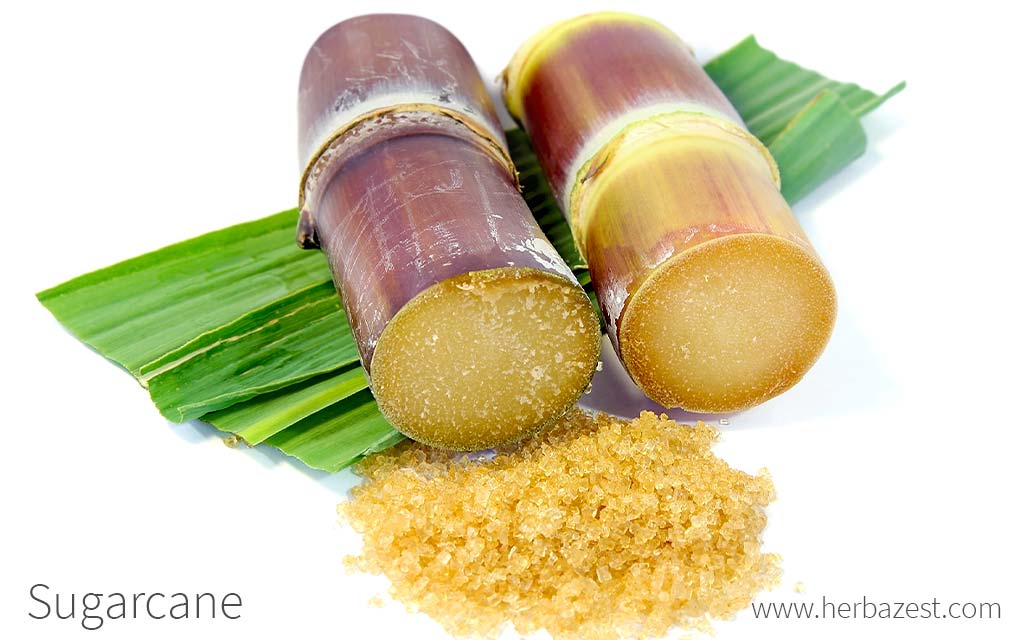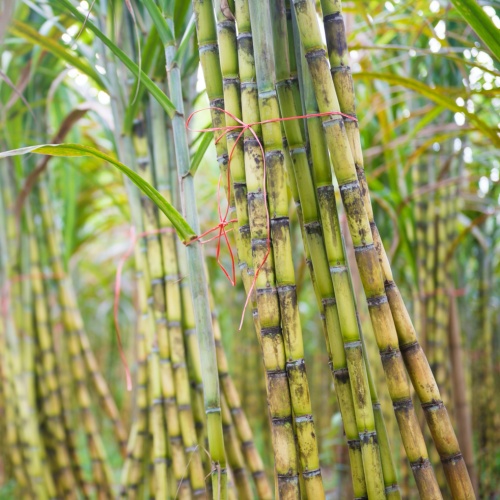Sugar and Cane: A Sweet Pairing in Health-Conscious Recipes
Sugar and Cane: A Sweet Pairing in Health-Conscious Recipes
Blog Article
Why Walking Cane Sugar Processing Chemicals Are Vital for Modern Sugar Refining
The duty of cane sugar processing chemicals in contemporary sugar refining can not be overstated, as they are integral to improving both the performance of removal and the total quality of the final item. Representatives such as phosphoric acid and certain flocculants are used to remove impurities, resulting in sugar that not only satisfies consumer expectations but likewise sticks to market requirements.
Function of Processing Chemicals
The efficiency of cane sugar handling pivots significantly on the tactical application of processing chemicals. These chemicals play an essential function in improving the efficiency and quality of sugar extraction and refining. From the initial phases of juice removal to the final purification steps, processing chemicals facilitate numerous essential procedures.
In the removal stage, chemicals such as phosphoric acid and calcium hydroxide are utilized to optimize the explanation process, aiding to eliminate impurities and put on hold solids from the walking cane juice. This not just improves the yield however additionally makes certain the clarity of the end product. Furthermore, agents like flocculants aid in the rapid settling of pollutants, therefore streamlining the general procedure.
As the handling developments, chemicals are utilized in decolorization and formation stages. Triggered carbon and ion exchange materials offer to remove color and smell, guaranteeing that the polished sugar satisfies customer high quality standards. Inevitably, the role of handling chemicals prolongs beyond functional efficiency; they significantly influence the sensory features of the end product, adding to market competition. Thus, the careful choice and application of these chemicals are vital for accomplishing optimal outcomes in walking cane sugar handling.
Trick Types of Chemicals
Cane sugar handling counts on a selection of essential chemicals that promote each phase of production. These chemicals play vital roles in clarifying, bleaching, and cleansing the sugar removed from walking stick.
One primary classification of chemicals consists of flocculants, such as polyacrylamide, which aid in the clarification process by promoting the aggregation and settling of contaminations. Additionally, calcium hydroxide is usually utilized to reduce the effects of level of acidity and assist in the elimination of non-sugar components.
Bleaching agents, such as triggered carbon and sulfur dioxide, are made use of to decolorize the syrup, causing a more clear last product. These chemicals help eliminate color compounds that might affect the sugar's appearance and marketability.
Furthermore, phosphoric acid functions as a pH regulatory authority during the processing phases, making certain optimum conditions for the chemical activities included in sugar extraction and purification.
Other essential representatives consist of edta (ethylenediaminetetraacetic acid), which chelates metal ions that might catalyze unwanted reactions, and salt hydroxide, which helps in pH control throughout the refining process. Collectively, these chemicals boost effectiveness and guarantee a high-grade walking cane sugar product.
Advantages for Sugar High Quality
Frequently overlooked, using details processing chemicals significantly boosts the general high quality of cane sugar. These chemicals play an essential role in refining procedures, guaranteeing that the final item meets rigid industry requirements for purity and preference.

Additionally, refining chemicals help in achieving a constant granulation and texture, which are important for customer approval. By managing the crystallization process, these chemicals make certain that the sugar crystals form consistently, causing a more attractive item that dissolves well in different applications.
Furthermore, the use of these chemicals can enhance the shelf life of cane sugar by my explanation reducing wetness absorption and microbial growth. In general, the tactical application of processing chemicals is essential for supplying top notch cane sugar that satisfies consumer assumptions and industry needs.
Environmental Influence Factors To Consider

Additionally, the energy-intensive nature of sugar refining, intensified by chemical use, usually results in enhanced carbon exhausts. This adds to environment adjustment and elevates worries relating to the sustainability of existing refining techniques. In addition, the sourcing of these chemicals might entail techniques that intimidate biodiversity, such as monoculture farming, which minimizes the strength of farming environments.

To alleviate these influences, sugar refiners are significantly checking out lasting choices and taking on ideal methods that lessen chemical usage. Executing extensive ecological monitoring systems can help ensure that the refining process lines up with environmental criteria and advertises biodiversity. Eventually, a well balanced approach that focuses on both sugar high quality and environmental stewardship is important for the lasting feasibility of the sugar market.
Future Trends in Refining
As the sugar sector comes to grips with the environmental difficulties related to conventional refining approaches, ingenious approaches are arising to enhance both performance and sustainability. One considerable pattern is the fostering of green chemistry principles, which prioritize using safe, naturally degradable handling chemicals. This change not only minimizes environmental influence however additionally addresses customer demand for cleaner manufacturing methods.
An additional promising development is the implementation of sophisticated purification innovations, such as membrane separation and adsorption procedures. These methods boost the clarity and high quality of the sugar while reducing the volume of wastewater generated during refining. Additionally, the combination of electronic technologies, including IoT and AI, is changing functional efficiency by allowing real-time surveillance and anticipating maintenance, thus decreasing source waste.
Furthermore, using byproducts from sugar refining, such as bagasse and molasses, is acquiring grip. These products can be converted into biofuels or value-added products, adding to a circular economic climate within the market. Jointly, these fads signify a shift towards more lasting methods that not just boost operational effectiveness however likewise line up with worldwide sustainability objectives, ensuring the future feasibility of sugar refining.
Final Thought
Walking stick sugar handling chemicals are crucial in modern-day sugar refining, considerably improving the effectiveness and high quality of sugar removal. The tactical usage of these chemicals not description just improves the purity and taste of the end product however also makes certain constant formation and structure. As the market progressively prioritizes sustainability, the fostering of environmentally-friendly handling agents is most likely to shape future fads in refining, inevitably bring about greater quality items and extended service life for customers.

Inevitably, a balanced approach find out that focuses on both sugar high quality and environmental stewardship is crucial for the long-lasting viability of the sugar industry.
Walking stick sugar handling chemicals are crucial in modern sugar refining, substantially boosting the performance and quality of sugar removal.
Report this page